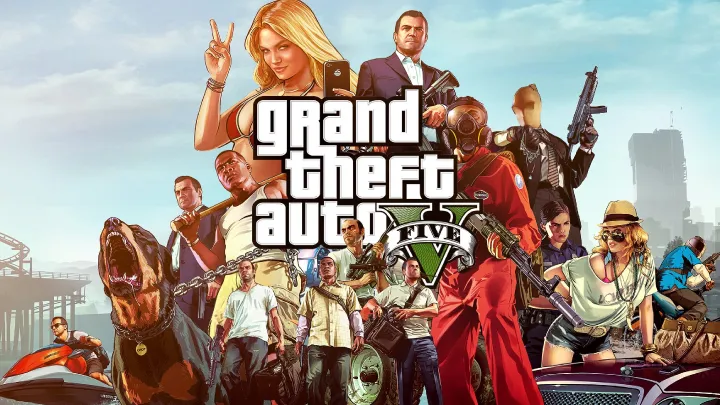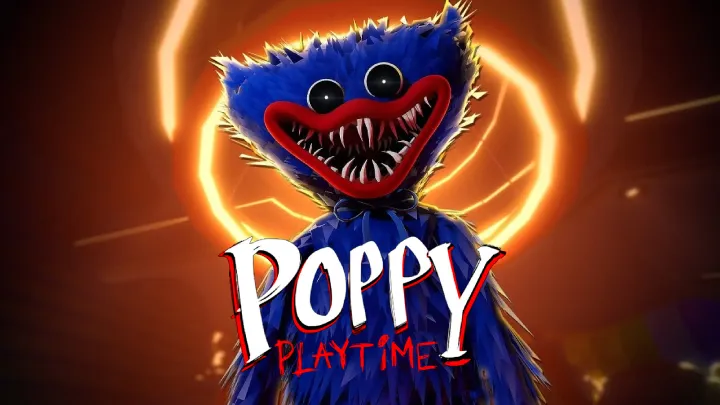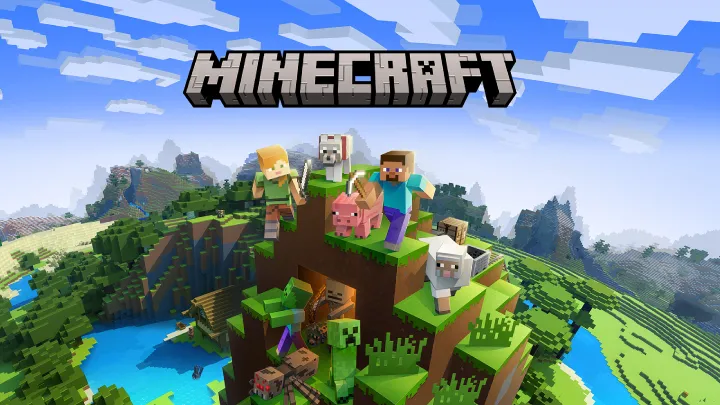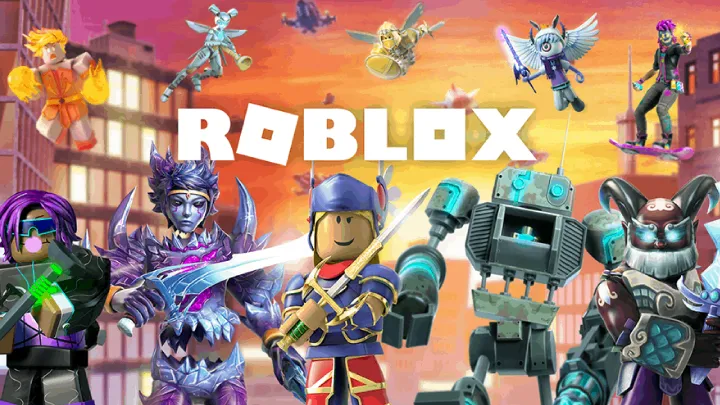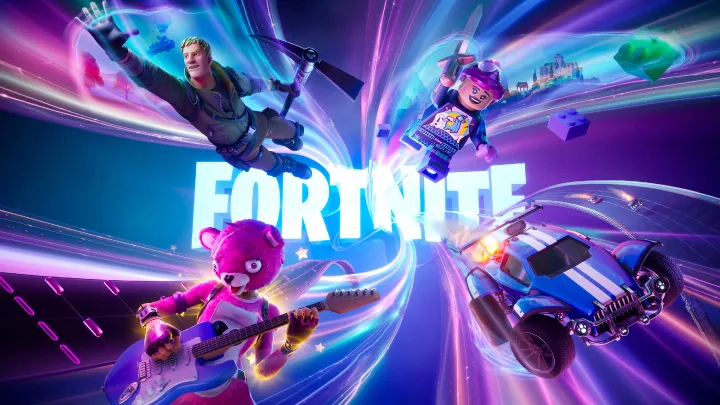
Description
Brainrot is a fast-paced arcade survival game where players step into the shoes of the eccentric characters Trallero and Tung Tung. The goal is simple yet addictive: dodge the endless barrage of cannonballs launched by the mischievous Bananamonkeys. Each cannonball avoided adds precious time to your survival, pushing you closer to victory against your rival.
Play solo to test your reflexes or challenge a friend in intense local multiplayer duels. Whoever survives longer becomes the true Brainrot champion. Quick rounds, hilarious chaos, and nonstop action make Brainrot perfect for short breaks or heated competitions.
With simple controls (WASD and Arrow keys) and a cross-platform design, Brainrot is accessible on both PC and mobile devices. Jump, dodge, and outwit your opponent while the battlefield fills with cannonballs from every direction. Be careful: in the world of Brainrot, cannonballs are everywhere!
Game Details
Screenshots
Instructions
Brainrot: The Ultimate Cannonball Dodging Challenge
Are you ready for a battle between Brainrot characters Trallero and Tung Tung? You must dodge the cannonballs fired by the Bananamonkeys launchers. Whoever avoids the cannonballs wins the game. It’s simple — each cannonball you dodge adds extra time. Avoid the cannonballs and defeat your friend. The best jumper wins! Be very careful — cannonballs are everywhere!
Brainrot is more than just a casual arcade experience; it’s a fast-paced test of reflexes, timing, and competitive spirit. At its heart, Brainrot sets up a chaotic but hilarious battlefield between two quirky characters — Trallero, with his erratic energy and unpredictable leaps, and Tung Tung, whose determination fuels every move. As players take control of these rivals, the stage becomes a storm of cannonballs, obstacles, and nonstop laughter.
The premise of the game is beautifully simple, which makes it instantly accessible to players of all ages. Cannonballs rain down across the battlefield, shot out of the mischievous Bananamonkeys’ launchers. Each player has only one goal: survive the barrage for as long as possible. Unlike many platformers or action titles that overload you with buttons, Brainrot streamlines everything. You move, you dodge, and you react — that’s it. But don’t let the simplicity fool you; every second spent in this game demands complete focus and sharp instincts.
Each successful dodge is rewarded by time. The longer you last, the higher your score climbs, and the closer you get to victory. This creates an exhilarating loop of risk and reward. Should you attempt a daring jump over three cannonballs at once to save time, or play it safe and hop carefully from one space to another? Every decision could be the difference between triumph and defeat. And since you’re always playing against your friend, the pressure is doubled. After all, nothing stings quite like watching your rival outlast you by just a single second.
What sets Brainrot apart from countless other browser-based games is its emphasis on both accessibility and competitiveness. On one hand, the controls are as easy as they come. The WASD keys guide one character, while the Arrow keys guide the other. This simple dual control setup means that two players can battle it out on the same keyboard without needing any extra hardware. It’s the perfect setup for quick challenges at home, in school breaks, or even at the office when nobody is watching. On the other hand, the competitive layer ensures that every match feels personal. Victory isn’t just about lasting longer; it’s about proving once and for all who has the sharper reflexes and faster mind.
Visually, Brainrot embraces a cartoonish style that matches the chaotic fun of its gameplay. The cannonballs soar across the screen in ridiculous arcs, while the characters themselves bounce, tumble, and leap with exaggerated flair. The battlefield is intentionally uncluttered, leaving plenty of space for players to maneuver while also highlighting the ever-present threat of cannonballs. It’s not about dazzling graphics or lifelike animations; it’s about clarity, speed, and humor. And in that respect, Brainrot succeeds brilliantly.
The charm of the Bananamonkeys cannot be overstated. These silly antagonists provide the perfect mix of menace and comedy. As they hurl endless cannonballs across the arena, you can’t help but laugh at the absurdity of it all. They aren’t just enemies; they’re tricksters who set the stage for your duel. And while they’re never directly fought, their presence is constantly felt, turning every moment of survival into a kind of slapstick comedy act where danger and fun blend seamlessly.
In terms of design philosophy, Brainrot embraces the golden rule of arcade classics: “easy to learn, hard to master.” A new player can jump into the game within seconds, intuitively understanding what needs to be done. Yet as the minutes pass and the cannonballs begin to fly faster and more unpredictably, even veterans will find their skills tested. The challenge ramps up naturally, ensuring that every match builds toward a thrilling climax. It’s this balance of accessibility and escalating tension that makes Brainrot endlessly replayable.
One of the most engaging aspects of Brainrot is how it fosters local competition. While many modern games focus on online multiplayer, Brainrot captures the nostalgic magic of sitting side-by-side with a friend, battling it out on the same screen. The laughter, the trash talk, the dramatic gasps when someone barely escapes a cannonball — these shared moments are what give the game its soul. It’s not about faceless opponents or impersonal leaderboards; it’s about the friend sitting right next to you, and the thrill of outsmarting them in real time.
For players who prefer solo challenges, Brainrot also works perfectly as a single-player test of endurance. Playing alone allows you to sharpen your reflexes, experiment with different strategies, and push your survival times to new heights. Competing against your personal best can be just as satisfying as defeating a friend. Each extra second earned feels like a triumph, and the game keeps you coming back for one more try. Before long, you’ll find yourself addicted to the rhythm of dodging and jumping, determined to shave milliseconds off your reactions.
What truly elevates Brainrot is its cross-platform accessibility. Playable on both mobile and PC, the game travels with you wherever you go. Whether you’re lounging at home with a keyboard or sneaking in a quick match on your phone during a commute, the experience remains seamless. This flexibility ensures that Brainrot isn’t just a one-time distraction, but a reliable source of fun that fits into any schedule. You don’t need expensive consoles, high-end graphics cards, or complicated installations. All you need is a browser and the desire to dodge cannonballs like a champion.
The simplicity of its design makes Brainrot surprisingly versatile. Teachers have used it as a fun break for students between classes, families have played it together on shared devices, and coworkers have secretly challenged each other during lunch breaks. Because each match is short and self-contained, it’s easy to pick up and just as easy to set down. This makes it ideal for both casual players who just want a laugh and dedicated gamers who crave a new skill-based challenge.
On a deeper level, Brainrot reflects the timeless appeal of competitive survival games. Stripped of unnecessary complexity, it boils down to pure human reaction: move or be hit. In that simplicity lies its brilliance. The stakes are always clear, the objectives always straightforward, and yet the outcomes are endlessly unpredictable. Every new match tells its own story of triumphs, mistakes, and near-misses. It’s a reminder that sometimes the most memorable gaming moments don’t come from sprawling worlds or complex narratives, but from the raw thrill of narrowly avoiding defeat.
Brainrot also encourages creativity in play. Some players adopt a cautious approach, sticking to one corner and hopping carefully to avoid incoming fire. Others go full daredevil, leaping wildly across the battlefield to dodge cannonballs in dramatic fashion. There is no single “correct” strategy, which keeps the gameplay dynamic and open-ended. Watching different playstyles clash is part of what makes multiplayer matches so entertaining. Will the steady tactician outlast the reckless risk-taker, or will boldness carry the day? The answer changes every time you play.
From a design perspective, the inclusion of Trallero and Tung Tung as playable characters adds flavor and personality. They’re not just anonymous avatars, but quirky competitors with their own identities. Their exaggerated movements and funny animations inject humor into every match, making victories sweeter and defeats easier to laugh off. Players quickly grow attached to their favorite, whether it’s Trallero’s unpredictability or Tung Tung’s determination. The rivalry between them becomes the backbone of the experience, encouraging endless rematches to settle the score once and for all.
The cannonballs themselves deserve a special mention. Unlike static obstacles, these projectiles embody chaos. Their unpredictable arcs, varying speeds, and relentless frequency create a sense of danger that never diminishes. You can never fully relax, because the next barrage could come from anywhere. This keeps players on edge, forcing constant vigilance and rapid decision-making. In Brainrot, there are no safe zones — only fleeting moments of survival snatched from the jaws of disaster.
Another aspect that makes Brainrot engaging is its scalability. While designed for casual fun, it has the potential to evolve into competitive tournaments or party challenges. Groups of friends can organize brackets to see who survives the longest, while streamers can use it to engage audiences with high-stakes matches. Its accessibility makes it a perfect candidate for community-driven fun, where the joy comes not just from playing but from sharing the chaos with others.
The instructions are delightfully straightforward, reinforcing the game’s “pick up and play” design. Use the WASD and Arrow keys to move. Avoid the cannonballs until the time runs out to win the game. That’s it. In an era where many games drown players in tutorials, menus, and complex mechanics, Brainrot’s minimalist instructions are refreshing. They put the focus back where it belongs: on the gameplay itself. You don’t need to read a manual or memorize combos; you just need to play.
Of course, no discussion of Brainrot would be complete without emphasizing its sense of fun. At its core, this is a game designed to make you laugh, shout, and cheer. The combination of silly characters, relentless cannonballs, and close competition ensures that no two matches feel alike. Even when you lose, the chaos makes it impossible to be truly frustrated. Instead, you’ll find yourself grinning, shaking your head, and immediately demanding a rematch.
In conclusion, Brainrot is a shining example of how simplicity, humor, and competition can come together to create something unforgettable. By focusing on core gameplay and stripping away unnecessary complexity, it delivers an experience that is both instantly approachable and endlessly replayable. Whether you’re battling friends in heated duels, testing your own reflexes in solo runs, or just killing time with a quick match on your phone, Brainrot delivers joy in its purest form.
So grab a keyboard or pull out your phone, pick your fighter — Trallero or Tung Tung — and step into the cannonball storm unleashed by the mischievous Bananamonkeys. Survive as long as you can, outlast your rival, and prove once and for all who the true Brainrot champion is. Just remember: in this world, cannonballs are everywhere, and only the sharpest reflexes will keep you alive. Are you ready to dodge, jump, and laugh your way to victory?
